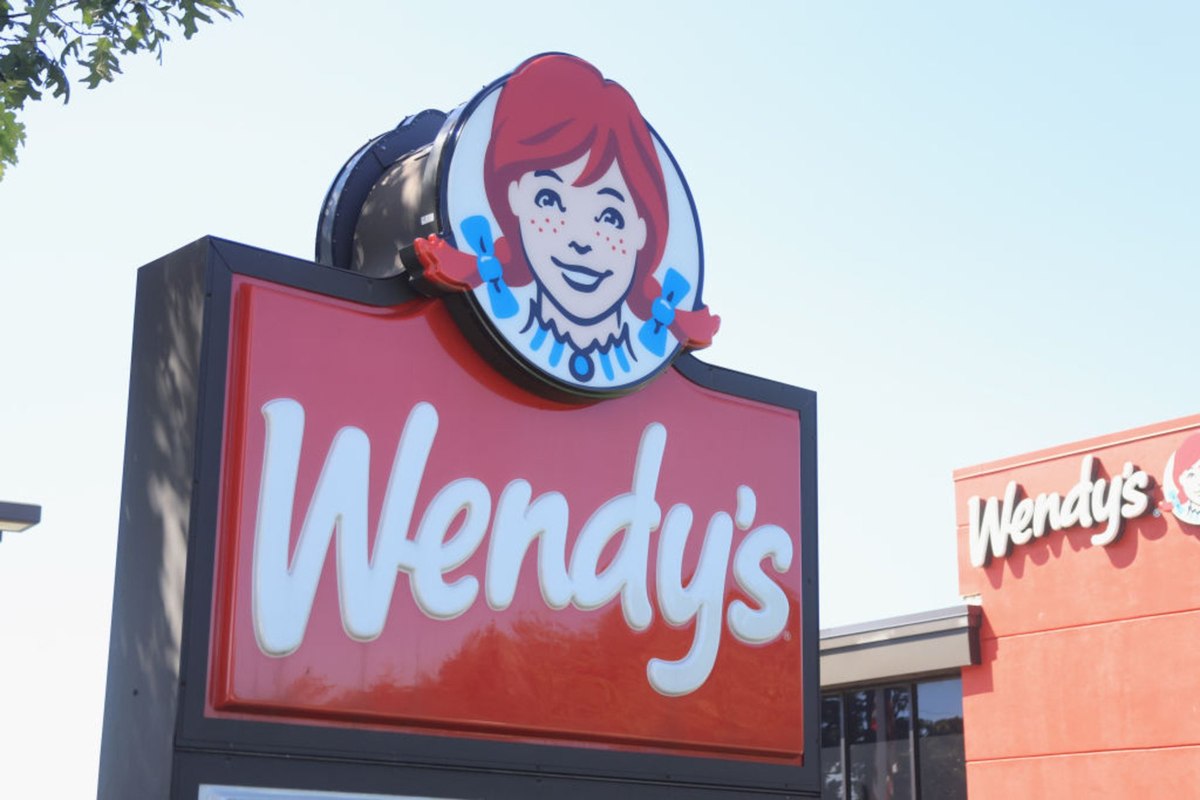
Wendy’s announcement of “dynamic pricing” sparked conversations, but it was mostly negative
Wendy’s CEO and president Kirk Tanner’s announcement of the implementation of “dynamic pricing” has garnered significant public attention in the past week or so.
While the announcement aimed to highlight strategies for improving operational efficiency and profit margins, media interpretations and online discourse surrounding the term “dynamic pricing” triggered a wave of commentary, with some equating it to the type of “surge pricing” seen in other industries.
It’s important to clarify that Wendy’s never explicitly mentioned using “surging pricing,” which typically involves raising prices based on peak demand. However, our data suggests that the association drawn by some media outlets and online users has ultimately shaped the initial public perception of the announcement.
While Wendy’s later clarified their intentions, saying that it would not raise prices but would instead utilize dynamic pricing to offer discounts and value offers during slower times of the day, the damage had already been done to the fast-food chain’s media metrics.
We turn to YouGov BrandIndex, a platform that tracks and measures brand health and consumer perceptions to gain insight into how consumers perceive and respond to brand-related communications and events surrounding a brand.
Uptick in conversations: Following the announcement, there was a notable increase in Word of Mouth Exposure for Wendy’s. This metric indicates a rise in the number of consumers actively discussing the brand, highlighting the amount of attention that Wendy’s received.
Sentiment was mostly negative: But all publicity is not good publicity. Looking at Wendy’s net Buzz score, which reflects the overall balance between positive and negative mentions of a brand, we observed a significant drop pushing the brand towards negative territory (+100 is the highest positive score and –100 the lowest negative score). This signifies a shift towards more negative noise around Wendy’s. Additionally, there was a clear increase in negative Buzz surrounding the brand.
All of this underscores the potential impact of communication nuances on brand image, especially in the fast-paced digital landscape. Public perceptions can be shaped quickly, making clear and transparent communication paramount for brands.
It’s important to note that long-term consumer sentiment towards Wendy’s and the potential impact of dynamic pricing initiatives will require further monitoring and analysis to accurately gauge its impact on brand health and purchase funnel metrics.